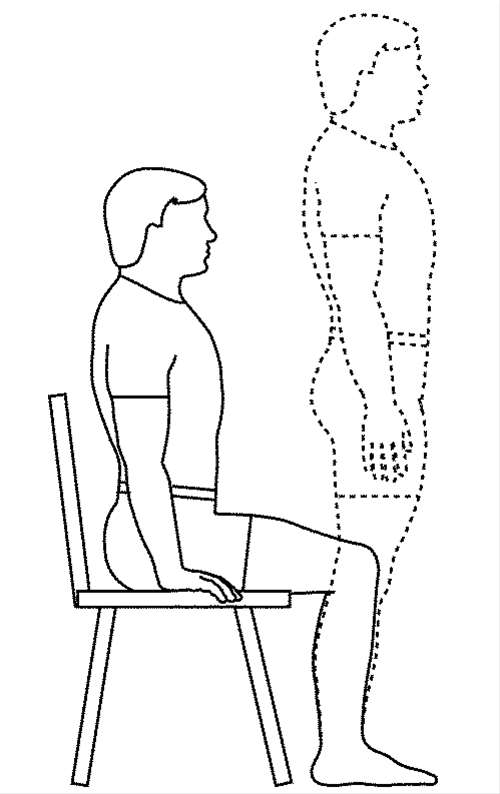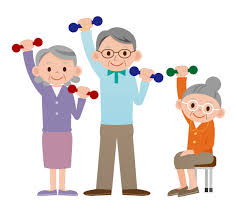Exercise for the elderly
Posted on November 20th, 2018 by Andries Lodder
By Jennifer Steele
The benefits of staying physically active throughout our lives are numerous. It prolongs physical independence, reduces aging, prevents the risk of diseases such as dementia and Alzheimer’s, it keeps bones and muscles strong, it also keeps your heart and pulmonary system healthy. As we age our bodies under go slow deterioration. Exercise can help slow this down, by strengthening both bones and muscles and assisting individuals in maintaining their physical capabilities. There are numerous forms of exercise that elderly individuals can do including weight bearing exercises, resistance training, cardio exercises and flexibility stretches.Weight Bearing Exercises:
One of the most effective forms of exercise for elderly individuals to do is weight bearing exercise. This means that throughout the exercise the individual has to hold up their own body weight against the downward pull of gravity. By incorporating weight bearing exercises seniors can improve their overall muscular strength, their bone strength, balance, coordination and overall quality of life. When performing weight bearing exercises the amount of stress placed upon the muscles and bones is increased due to gravity. The resistance that is placed on the body produces a force that stimulate bone and muscle cell growth. As the bones and muscles are both living tissue they then respond to the stress placed onto them by becoming stronger and increasing their number of cells. This means that they are adapting to that force so the next time they are placed under the stress it is easier to with stand.Examples:
Sit to Stands:
- Seated at the edge of chair, place feet hip width apart, toes slightly pointed out, arms crossed across chest.
- Pushing into the heels and without using the arms to assist stand up
- Once fully upright, push bum backwards and sit back on the chair
- Repeat this motion 10 times (10 reps x 3)
- The lower down the chair the harder the exercise is to perform

Cardio:
Like with any individual including cardio exercise for the elderly is vitally important. Just like the other muscles of the body, the heart is also living tissue and so when it is stressed it gets stronger. When doing cardio exercises the heart rate increases and so the heart muscle is challenged. By including cardio exercises into their training, it will help keep their heart muscle healthy. The lunges also have to increase their work during cardio exercise and so they also get stronger.Examples:
- Walking
- Recumbent cycling
- Swimming
Resistance Training:
Resistance training is very similar to weight bearing exercises as it challenges the muscles and help to improve their strength. However, the difference comes in that resistance training can be done on machines. Although performing exercises with machines is still beneficial and the muscles will get stronger it is still important to include body weight exercises in conjunction with these machines.Examples:
Leg Press:
- Select an appropriate weight on the leg press
- Seated with the legs on the plate ensure that the knees are at 90 degrees and the feet just wider then hip width apart
- Push into the heels, straighten the legs
- Ensure you do not lock your knees as this is dangerous
- Perform 3 sets of 10 repetitions
Flexibility Training:
Getting into the habit of stretching every day will help improve you overall flexibility and range of motion. This will make everyday activities easier to perform as well as help prevent injury when doing other exercises. It is important to stretch specific muscles that are tight and this will vary for each individual. It is vital for us all to remain physically active throughout our lives. With greater muscular strength, bone density, coordination and balance from training, individuals are more likely to stay independent and able to take care of themselves. However, it is also important to consult a doctor prior to starting a training program, especially if there are any chronic conditions and medications involved. It can also be a good idea to start training with a health care professional, such as a Biokineticist as they have medical knowledge that can help ensure you are exercising safely. For more information on what exercises are beneficial as well as safe to perform, don’t hesitate to contact us.Tweet
